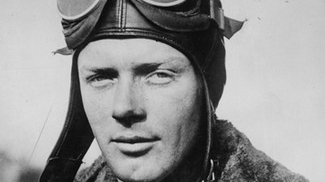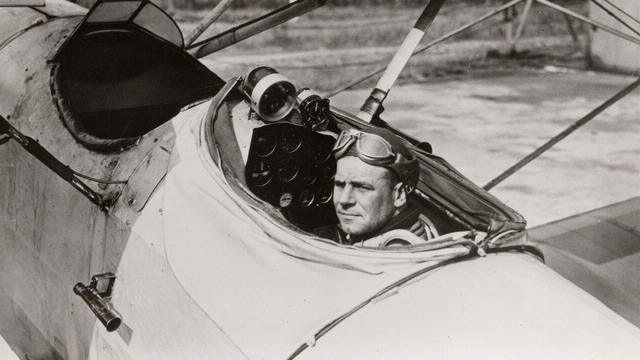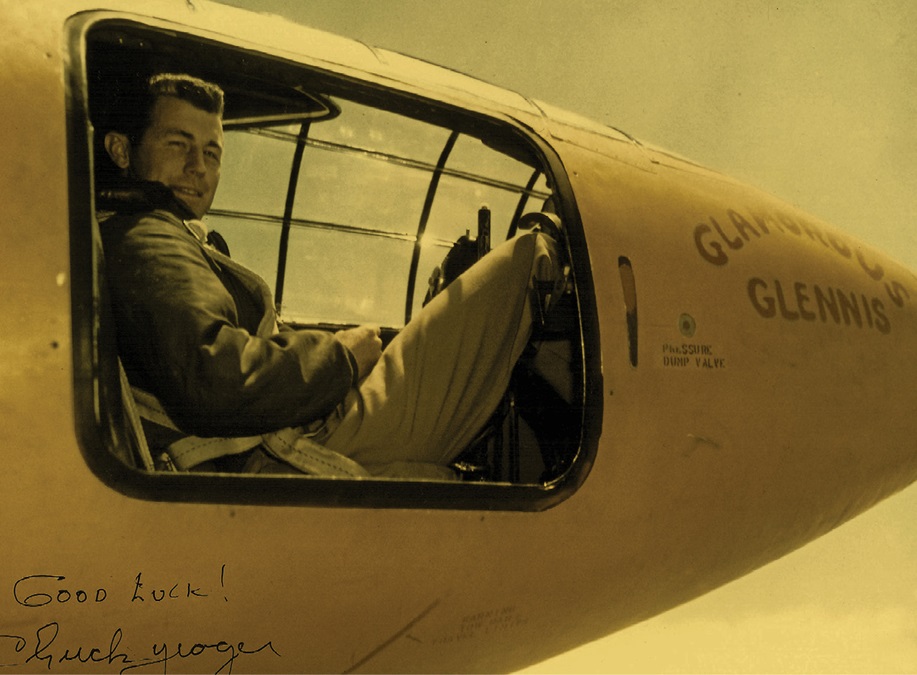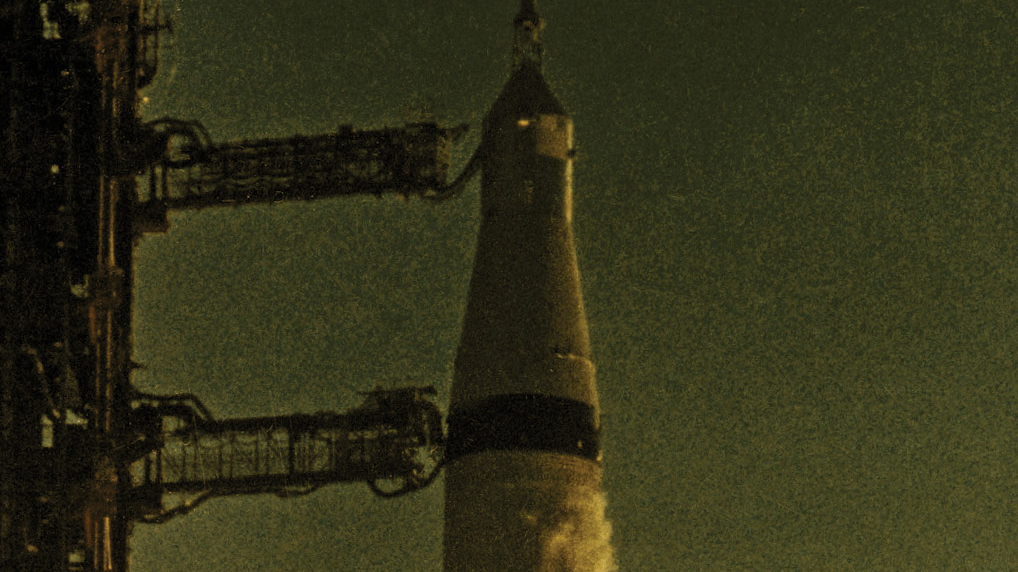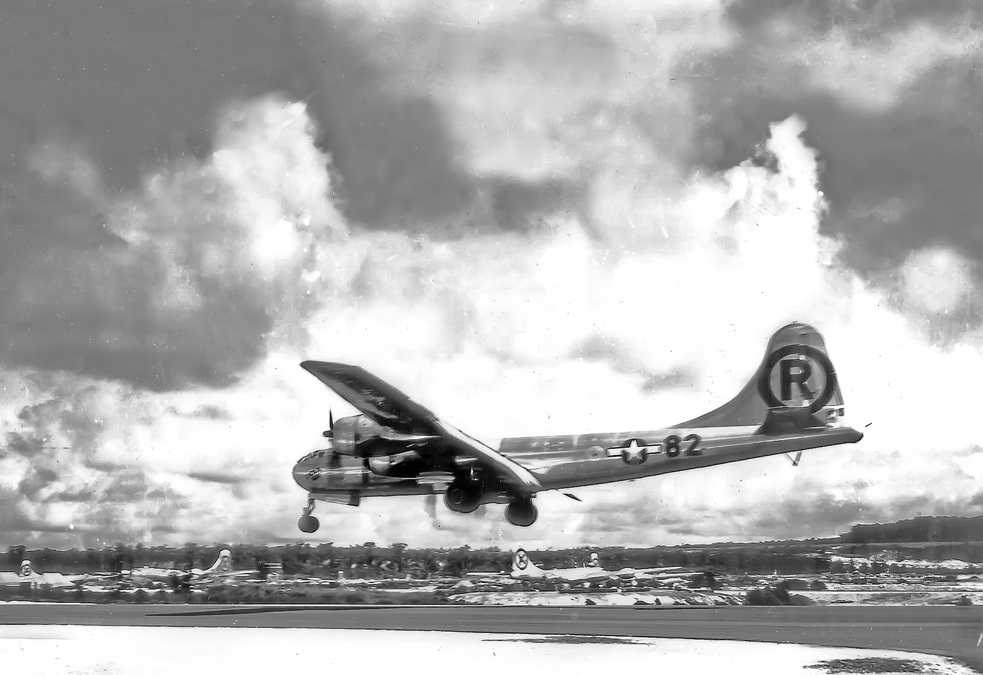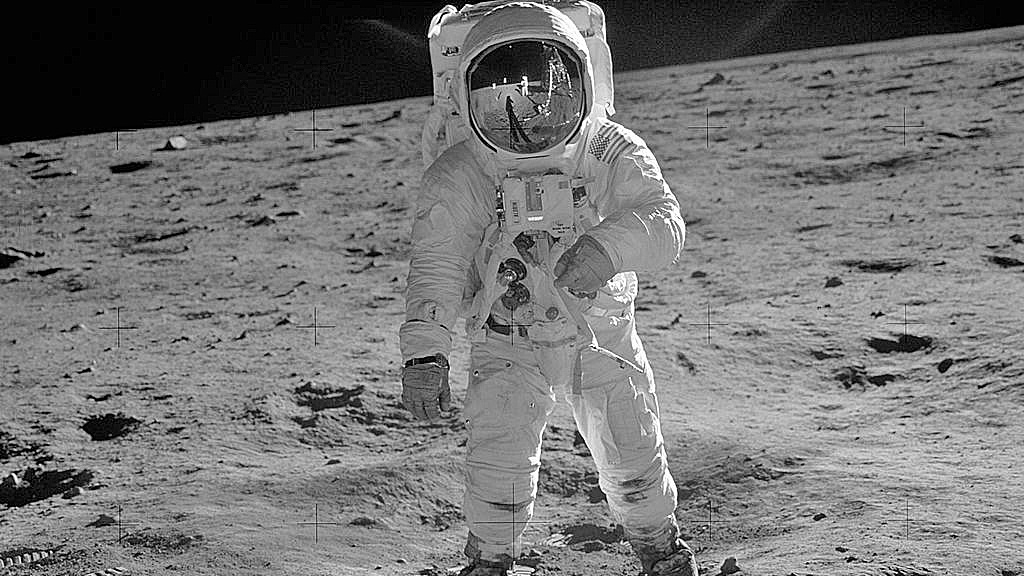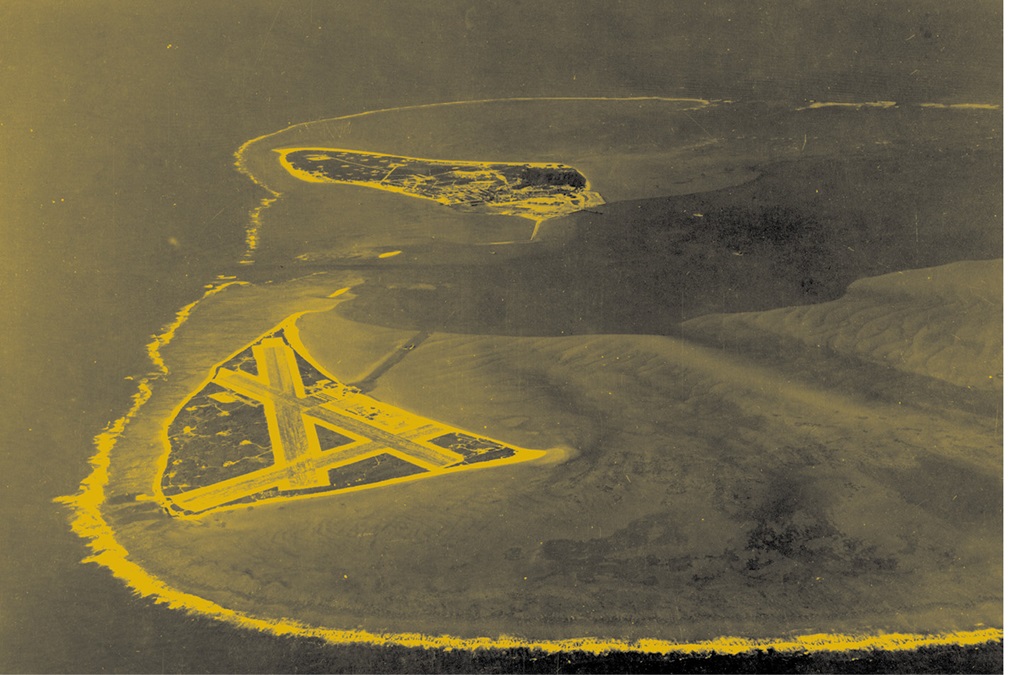-
1. The Wright brothers’ first flight. The magnitude of the first flight is probably difficult for most of us to imagine. We take air travel for granted, particularly with all of its modern comforts and amenities. But Wilbur and Orville Wright had to rewrite much of the work done before them, because the data was found to be wrong. They essentially were the first aeronautical engineers. When it comes to modern scientific achievement, I would rank the airplane up there with the telephone and the internet as one of the three most significant advancements. The Wrights proved that powered flight really was possible. Orville Wright’s first flight over the dunes of Kill Devil Hill, North Carolina, on December 17, 1903, was shorter than the wingspan of the 747—which followed in only 66 years.
-
2. Charles Lindbergh flies to Paris. Charles Lindbergh’s flight from New York to Paris in 1927 took place only 24 years after the Wright brothers flew. Again, it’s almost impossible to grasp the speed—pun very much intended—at which flight progressed (sorry again!). Lindbergh’s trip accomplished several things. First, he proved that there was truly practical potential for the airplane. That alone was a strong motivator for continued development. Second, he put to rest some of the fears of navigation. His only real instrument was the wet compass. The second most important instrument he had was his watch. Pilots today would be hard-pressed to navigate with just a wet compass bouncing around, let alone do it with any precision. Third, by succeeding, Lindbergh showed that aviation could become a safe means of travel for the masses over time. Given the rate at which accidents occurred at the time, this was no small achievement. His flight inspired ever more development and growth at a critical time in history, as the airplane would come to play a pivotal part in World War II.
-
3. Jimmy Doolittle’s first “blind” flight. Most people today equate Gen. Jimmy Doolittle with the B–25 air raid he led on Tokyo in World War II. But the truth is that Doolittle was one of most accomplished pilots of all time. He was a successful air racer and record holder. Arguably, his most important contribution to aviation was his role in the development of gyroscopic instrumentation. In 1929, only two years after Lindbergh’s trip to Paris, then-Lieutentant Doolittle conducted the first flight from takeoff to touchdown with no reference outside of the airplane. Using newly developed instruments that prevented him from getting disoriented, he proved that it would indeed be possible to navigate safely through clouds and weather without losing control because of spatial disorientation. Prior to his flight, pilots had tried to deal with poor weather by “feel,” which had disastrous results. Too often, because of the mechanics of the inner ear, pilots would lose control of the airplane when flying in clouds. By studying this problem and crafting a solution, Doolittle saved countless lives and tremendously expanded the application of the airplane. Instrument students (and their instructors) have both praised and cursed Doolittle ever since.
-
4. Chuck Yeager breaks the sound barrier. In 1947, much still was unknown about how an airplane would behave when pushed beyond the speed of sound. As an airplane approaches Mach 1, shock waves form around the airplane, which can destabilize its performance. Engineers and pilots had no idea what would happen if an airplane could actually exceed Mach 1 (approximately 768 mph at sea level). With the help of the Bell X–1, Yeager pushed through, and by 1953, was flying at nearly Mach 2.5. The sound barrier was critical in the development of high-speed fighters, as well as rockets that eventually would leave the Earth’s atmosphere. This point is driven home in Tom Wolfe’s book and the movie adaptation, "The Right Stuff". Every supersonic craft built since owes its success in part by knowledge gained by the test pilots of the postwar era in which so much of the groundbreaking (not to mention risky) research was conducted.
-
5. Apollo 8. One of the common sentiments of the people who were involved in the Apollo space program, including many of the astronauts, is that for all the glory the flight of Apollo 11 garnered, Apollo 8 may have been the most important mission. The Apollo 8 mission in 1968 represented the first time humans left Earth orbit, and it was considered one of the riskiest missions to date. The crew orbited the moon 10 times, and on Christmas Eve they read the first 10 verses of the book of Genesis to a worldwide TV audience. At the time, it was the most-watched TV broadcast in history.
-
“Enola Gay.“ The August 1945 flight of the Enola Gay brought the atomic age to the masses. It was the first time a nuclear weapon was used as a weapon of war. This flight was fraught with risk and peril (what would have happened if the crew had been forced to ditch?). But many historians believe that by using nuclear weapons, the war was shortened by months, if not years—and that many more lives were saved than lost as a result of the bombings of Hiroshima and Nagasaki.
-
7. Apollo 11. Landing on the moon is a pretty big deal, especially when you’re the first ones to do it. All of the technology had been tested, save for the actual landing. Apollo 10 had come within 50,000 feet of the surface, paving the way for Neil Armstrong and Buzz Aldrin to take the final steps. They landed with minimum fuel on July 20, 1969, and only spent a few hours on the surface, but they met the challenge of landing on the moon—and returning safely—before the end of the 1960s.
-
8. PBY from Midway. The Battle of Midway changed the direction and outcome of World War II. It was the first battle involving aircraft carriers in which the carriers never actually saw each other. By sinking four carriers, the U.S. Navy crippled the Imperial Japanese Navy. But before the battle proper, two critical events occurred: The Japanese code was broken, verifying that Midway Island was the target, and the Japanese carrier fleet was spotted by a PBY based on Midway Island. The Americans retained several advantages, and despite of the loss of the USS Yorktown, the military advantage of the war swung permanently away from the Japanese.
-
9. U–2 flights over Cuba. It’s one thing to suspect that your enemy is engaging in questionable behavior. It’s quite another to prove it. It was the reconnaissance flights of the U–2 over Cuba in 1962 that produced the clear photographic evidence necessary to show the world that the Soviet Union was installing a missile battery in Cuba. The standoff that ensued was tense, and brought the world closer than it has ever been before—or since—to a full-fledged nuclear exchange. The Soviets were forced to back down, and the missiles were removed. Without those pictures, there is no telling what would have happened.
-
10. The first helicopter flight. The helicopter first flew in 1907 and was first produced in significant numbers in the 1940s. Never as economical to operate as an airplane, the helicopter has nevertheless proved to be a critical tool in both war and peace. It’s most famous as a means of evacuating war wounded (remember the television series M*A*S*H) and victims of car accidents, but it’s also been used in traffic pursuits, traffic reporting, moving people to and from oil rigs, and numerous other missions. The helicopter is a critical tool to those who use it, and it does things that other aircraft simply cannot do.


